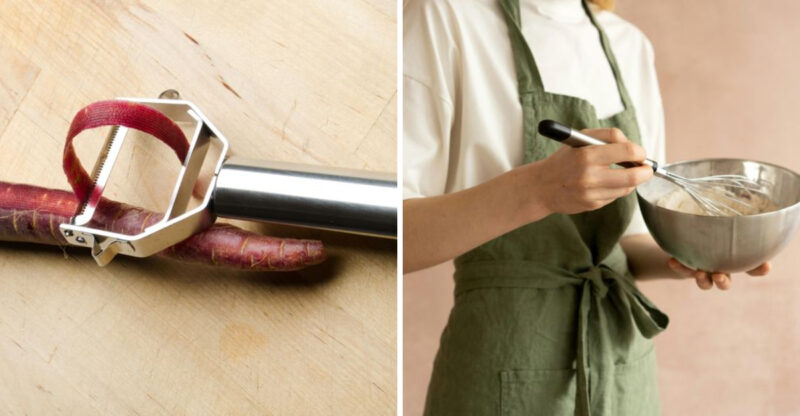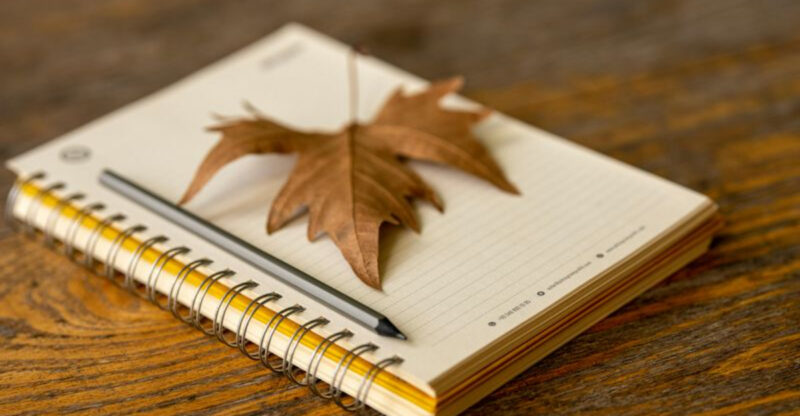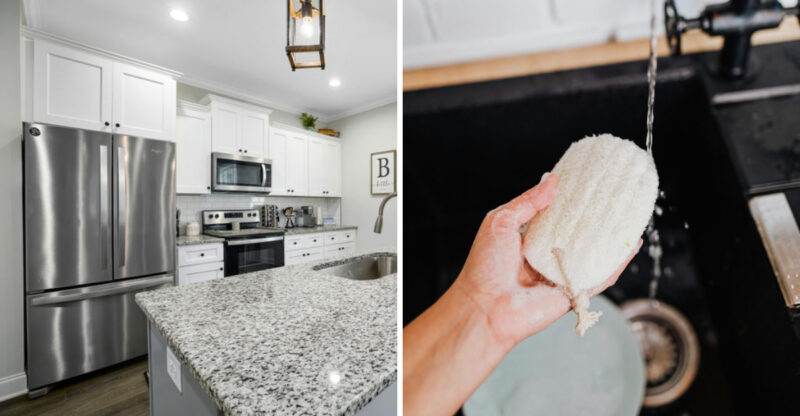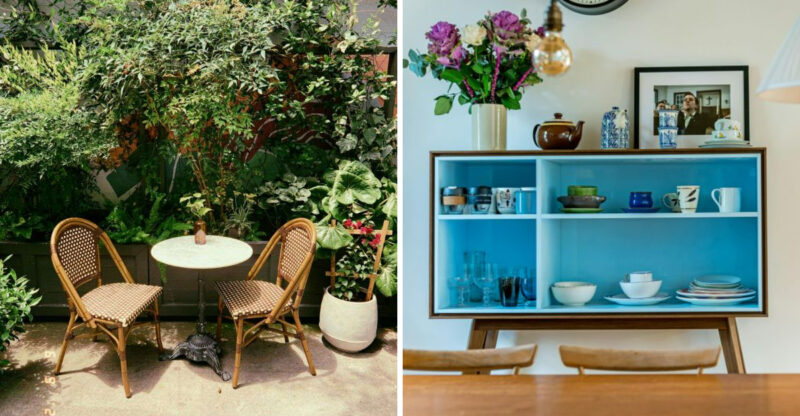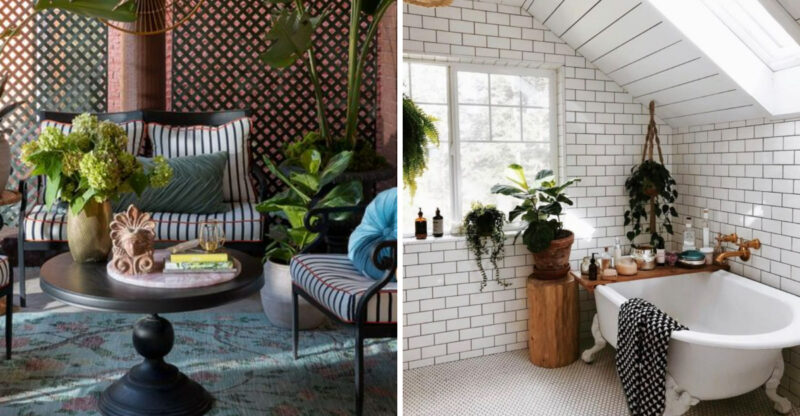14 Household Relics Texas Boomers Still Cling To (Plus 4 That Should’ve Stayed In The ’70s)
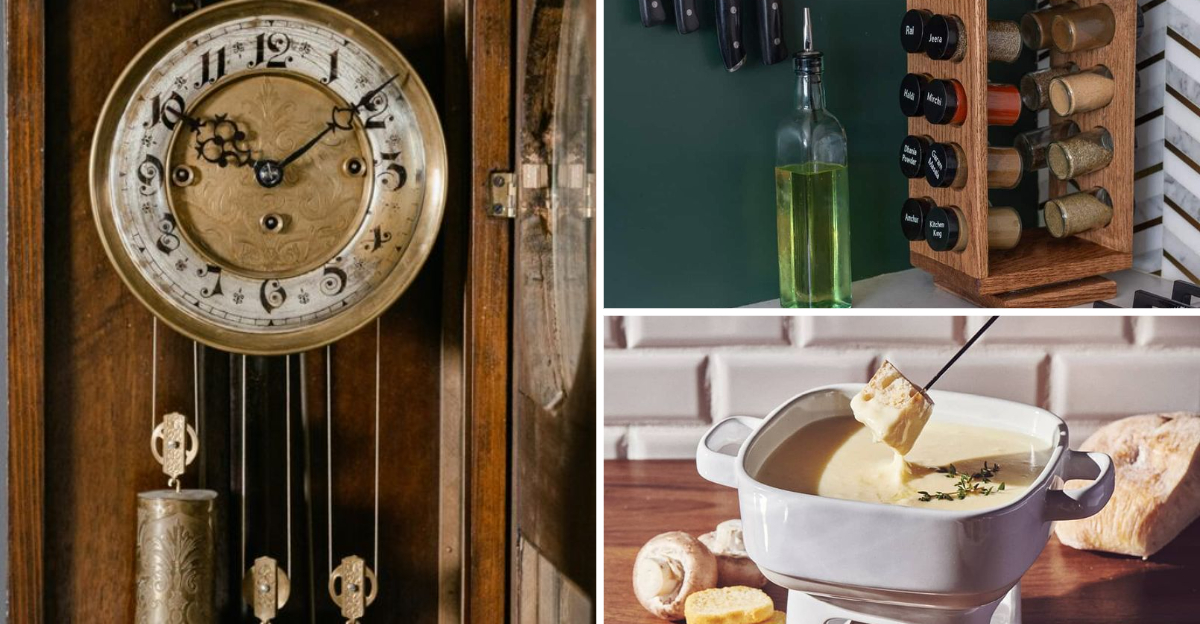
Texas Boomers have filled their homes with items that tell stories of different times and treasured memories. Some pieces still serve a purpose today, while others might be better suited for a nostalgia museum.
From sturdy furniture to quirky kitchen gadgets, these household relics reveal what matters most to a generation that values quality and sentimentality over modern trends.
1. China Cabinets
Grand wooden displays filled with fine china and sparkling crystal create an elegant focal point in many Texas dining rooms. Families gather around these cabinets during holidays, admiring heirloom dishes passed down through generations.
Younger folks might see them as space-consuming furniture, but for Boomers, they represent cherished family traditions. Each plate and glass holds memories of special celebrations and Sunday dinners that shaped their lives.
2. Landline Telephones
Reliable connections matter, and many Texas Boomers trust their trusty landlines more than any smartphone. Clear sound quality and dependable service during power outages keep these phones plugged in and ready.
There’s something comforting about a phone that stays in one place, with its familiar ring echoing through the house. Digital contacts may be convenient, but landlines offer stability that feels like home.
3. Cast Iron Cookware
Heavy skillets and Dutch ovens carry decades of seasoning and family recipes in their blackened surfaces. Each scratch and patina tells a story of countless meals prepared with love and care.
Heat distributes evenly across these durable pieces, creating perfect cornbread and hearty stews. Modern nonstick pans may promise convenience, but cast iron delivers flavor and longevity that newer cookware simply cannot match.
4. Wooden Furniture
Solid oak tables and cherry wood dressers anchor rooms with their weight and craftsmanship. Furniture built to last generations carries a quality rarely found in modern particle board alternatives.
Scratches and dents become part of the furniture’s character, marking moments when grandchildren played nearby. These pieces connect families to their past while providing functional beauty that stands the test of time.
5. Address Books
Worn pages filled with handwritten addresses and phone numbers document lifelong friendships and family connections. Flipping through these books brings back memories of people who shaped important life moments.
Digital contacts lack the personal touch of seeing a friend’s address written in familiar handwriting. Crossed-out entries and updated information tell stories of moves, marriages, and the passage of time in tangible ways.
6. Recliner Chairs
Every Texas living room needs a throne, and recliners claim that title with pride. Footrests pop up at the pull of a lever, creating the perfect spot for watching games or reading the evening paper.
Worn armrests show where hands have rested during countless hours of relaxation and family time. Modern furniture may look sleeker, but nothing beats the comfort of a well-loved recliner after a long day.
7. Physical Photo Albums
Flipping through pages of actual photographs creates an experience no digital slideshow can replicate. Fingers trace over images of weddings, graduations, and everyday moments frozen in time.
Albums sit on coffee tables, ready to share family history with visitors who stop by. Handwritten captions and ticket stubs tucked between pages add context that cloud storage simply cannot provide for precious memories.
8. Wall Clocks
Ticking sounds mark the passage of time in homes where wall clocks serve as both timepieces and decorative statements. Grandfather clocks chime on the hour, while kitchen clocks shaped like roosters add personality to cooking spaces.
Checking the time means glancing up at the wall rather than pulling out a phone. These clocks often carry sentimental value, inherited from parents or purchased during special trips.
9. Physical Maps And Atlases
Unfolding a large road map brings back memories of planning family vacations and plotting routes across state lines. Atlases filled with colorful pages show entire countries at a glance, sparking wanderlust and curiosity.
GPS may be more convenient, but paper maps offer a tangible connection to adventure and exploration. Marked routes and circled destinations document trips taken and places still waiting to be discovered.
10. VHS Tape Collections
Rows of plastic cases hold recorded movies and family events captured on magnetic tape. Rewinding before returning a rental was once common courtesy, and the whirring sound meant movie night was about to begin.
Streaming services offer more selection, but VHS collections represent a specific era of home entertainment. Handwritten labels identify recordings of favorite shows that might not exist anywhere else today.
11. Bulky Entertainment Centers
Massive wooden cabinets once housed tube televisions and entire stereo systems in dedicated compartments. These furniture pieces dominated living rooms, serving as the focal point where families gathered for entertainment.
Flat screens have made them less practical, but many still stand strong, repurposed to hold books or display collections. Their solid construction and storage capacity keep them around despite changing technology and design preferences.
12. Magazine Stacks
Piles of magazines grow on coffee tables and in corners, saved for interesting articles or collectible covers. National Geographic issues from decades past sit alongside cooking magazines filled with dog-eared recipes.
Digital subscriptions may be easier to store, but physical magazines offer a browsing experience that feels more intentional. Clipping articles and saving issues creates a personal library of interests and hobbies over time.
13. Overstuffed Filing Cabinets
Heavy metal drawers slide open to reveal years of tax returns, medical bills, and important documents organized in manila folders. Every receipt and statement gets filed away, just in case it might be needed someday.
Digital storage may save space, but paper records feel more secure to those who remember life before computers. Drawers stuffed with documents represent careful record-keeping and a desire to stay organized.
14. Unused Exercise Equipment
Treadmills and stationary bikes stand in spare rooms or garages, purchased with genuine intentions of daily workouts. Initial enthusiasm fades, and the equipment becomes a convenient place to hang clothes or collect dust.
Good intentions paved the way for these purchases, but consistent use proves challenging. Space could be better utilized, yet the equipment remains as a reminder of fitness goals still waiting to be achieved.
15. Popcorn Ceilings
Bumpy textured ceilings once represented modern design but now feel outdated and difficult to maintain. Dust settles into every crevice, making cleaning a challenging task that most people avoid.
Worse yet, older versions might contain asbestos, creating potential health concerns for families. Smooth ceilings look cleaner and more contemporary, making this textured trend one that should have stayed in its decade of origin.
16. Faux Wood Paneling
Dark paneling covered walls throughout homes in the seventies, creating cozy dens and finished basements. What seemed sophisticated then now makes rooms feel smaller and darker than they should.
Removing paneling reveals brighter possibilities underneath, opening up spaces for modern design. This wall treatment belongs firmly in the past, where avocado appliances and shag carpeting also reside as nostalgic memories rather than current trends.
17. Spinning Spice Racks
Round racks spin on countertops, holding tiny bottles of spices that often expire before being used. Dust accumulates between bottles, and finding the right seasoning requires multiple spins and careful searching.
Modern drawer organizers or magnetic strips offer better visibility and easier access to cooking essentials. These rotating relics take up valuable counter space while providing less efficient storage than contemporary alternatives available today.
18. Never-Used Fondue Sets
Colorful fondue pots sit in cabinets, purchased for parties that never quite materialized as planned. Tiny forks and heating elements remain pristine, waiting for social gatherings that favor different entertainment styles today.
These sets seemed essential for sophisticated entertaining decades ago but now collect dust in storage. Cabinet space could serve better purposes, making fondue sets prime candidates for donation to those who might actually use them.

